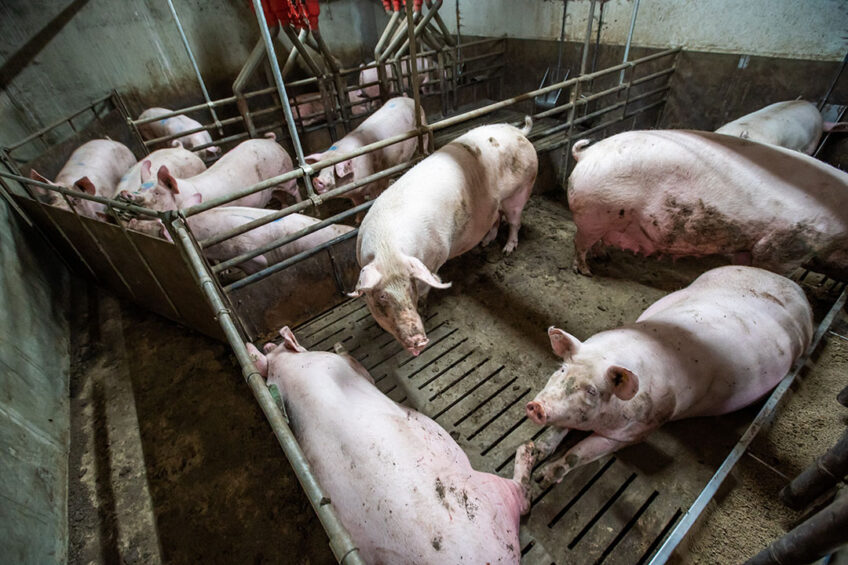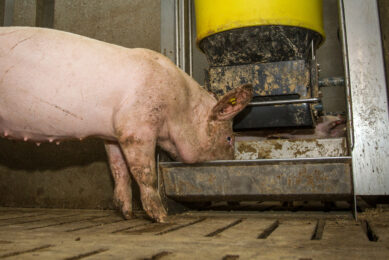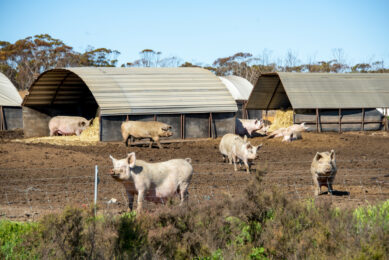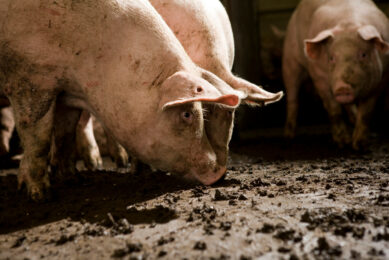5 strategies to optimise swine producers’ profits

Raising cost-effective pigs and optimising farm profitability while staying competitive with a fluctuating feed cost, new regulations and an unpredictable market is a significant challenge for swine producers.
Over the years, swine producers have applied genetic selection and improved methods of production to enhance their profit. Pork products however, must be marketed within a short time span. As a result, swine producers have limited control over or influence on the price received for market pigs. Therefore, it is important to lower the cost of production to maintain the farm’s profitability and to ensure the farm’s future. Considering the following strategies will reduce the cost of production without impacting a herd’s performance.
 Keep an eye on production records
Keep an eye on production records
It is essential to keep a good set of production records to determine the areas in which production costs can be reduced. When margins are tight, the least productive sows should be culled. Reducing sow numbers by 10 to 20% eliminates overcrowded facility problems, decreases labour requirements, and improves management efficiency.
 Evaluate the herd health programme
Evaluate the herd health programme
Disease prevention costs less than treatment. It is critical to assess the herd health programme with a veterinarian, regulate antibiotics application and keep vaccination programs in place. In addition to this, the Pork Quality Assurance Program, which is an education and certification programme, provides valuable information for health programmes. This information is available through the National Pork Board (PQA Plus – Pork Checkoff).
 Sort out pigs for marketing
Sort out pigs for marketing
It is recommended to sort out market pigs with uniform weights and quality. Marketing lower weight pigs reduces overall feed consumption, improves feed conversion, and decreases overcrowding. Producers need to take time to weigh each pig using a set of scales to ensure that they are ready for market and to prevent suffering a dockage at the market because of light-weight pigs present on the load.
 Reduce feed costs
Reduce feed costs
Feed costs account for up to 70% of production costs. It is therefore imperative for pig producers to adapt their feed strategy to reduce feed costs. The first step in reducing feed costs in to prevent feed waste by checking feeder adjustment daily. Furthermore, avoid feed restriction as it may increase the days to market and cause problems with pig flow through the operation. Always make sure the diet is formulated and consumed to the amount that meets the pigs’ dietary nutrient requirements. Re-evaluating dietary formulations may reduce feed costs. In addition, increasing feed digestibility makes more nutrients available for the pig to absorb, improves performance, and lowers feed costs.
 Improve reproductive efficiency
Improve reproductive efficiency
Enhancing reproductive efficiency includes improving the conception and farrowing rates, and weaning more pigs per sow per year. In recent years, genetics have played a major role in improving sow reproductive efficiency by increasing litter size. However, bigger litter size may lower piglet birth weight, which is a major predisposing factor for pre-weaning mortality. In addition, lower weaning weights often result in slower growth and fatter carcasses. It is therefore necessary to increase birth weight to improve piglet variability, to reduce the number of pigs requiring special attention, to decrease pre-weaning mortality rates and to increase piglet weaning weight.











